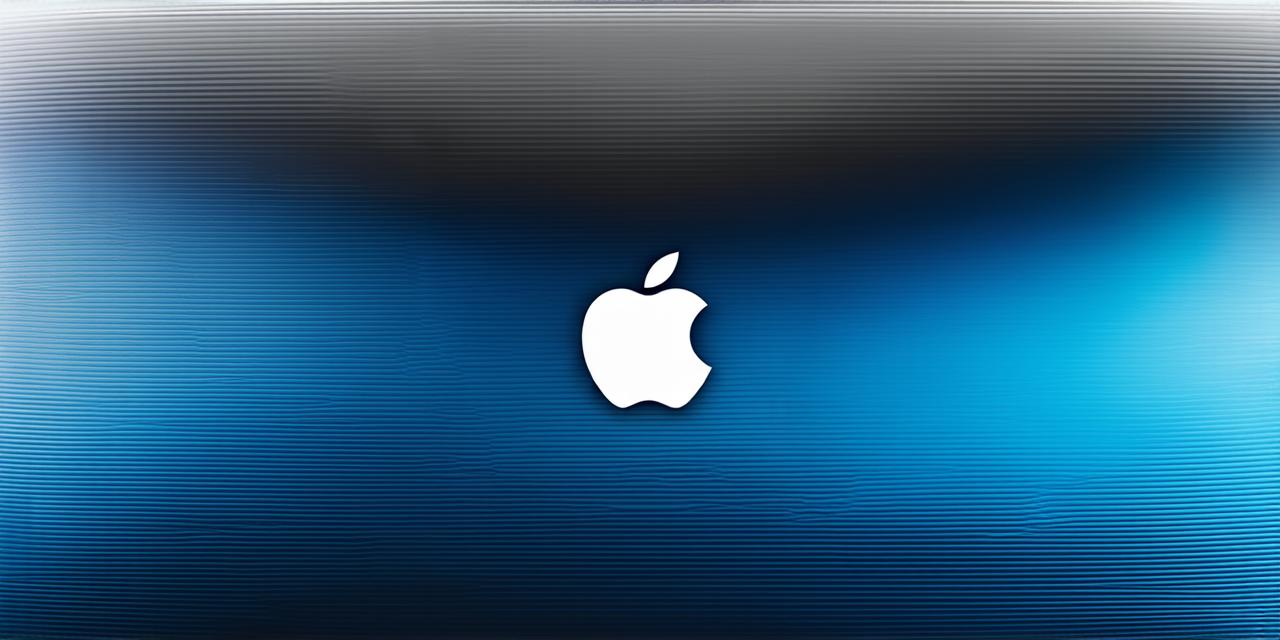If you are an iOS developer, knowing which version of iOS your device is running on is crucial. This information can help you optimize your app’s performance, ensure compatibility with other apps and features, and improve the user experience.
What are the Different Versions of iOS?
As of September 2021, there have been a total of 16 major releases of iOS since its inception in 2007. These versions can be categorized into three groups based on their codebase and release date:
- Group 1: iOS 1-3 (2007-2010)
- Group 2: iOS 4-10 (2010-2018)
- Group 3: iOS 11-16 (2017-Present)
These are the earliest versions of iOS, released between 2007 and 2010. They were based on Mac OS X 10.5 code and included features such as touch-based interface, app icons, and the ability to download third-party apps through the App Store. Some popular devices that ran on these versions include the original iPhone, iPod Touch, and first-generation iPad.
Group 2: iOS 4-10 (2010-2018)
These are the intermediate versions of iOS, released between 2010 and 2018. They were based on Mac OS X 10.6 or later code and introduced new features such as multitasking, camera and microphone access for apps, and the ability to create folders. Popular devices that ran on these versions include the iPhone 4S, iPad 2, and iPad Mini.
Group 3: iOS 11-16 (2017-Present)
These are the latest versions of iOS, released between 2017 and 2021. They were based on macOS code and introduced new features such as augmented reality integration, machine learning APIs, and the ability to share files across different apps. Popular devices that run on these versions include the iPhone X, iPad Pro, and iPad Mini (2019).
How to Determine Which Version of iOS Your iPad is Running
The easiest way to determine which version of iOS your device is running is by checking your device settings. Here’s how:
- Open the Settings app on your iPad.
- Scroll down until you see the “About” section.
- Look for the “Software Version” heading and note the number displayed.

You can also use a third-party app like “Version Checker” or “What’s on Your Device?” to quickly determine which version of iOS your device is running. These apps are available for free on the App Store.
Key Features of Each Version of iOS
Now that you know which version of iOS your device is running, let’s take a closer look at its key features:
- Group 1: iOS 1-3 (2007-2010)
- Group 2: iOS 4-10 (2010-2018)
- Group 3: iOS 11-16 (2017-Present)
* Touch-based interface: The first iPhone and iPod Touch introduced a new way of interacting with devices through touch gestures.
* App Store: The ability to download third-party apps from the App Store revolutionized the way users could extend the functionality of their devices.
* Limited multitasking capabilities: iOS 1-3 supported limited multitasking capabilities, allowing users to switch between two apps at a time.
Group 2: iOS 4-10 (2010-2018)
* Multitasking: iOS 4 introduced true multitasking, allowing users to run multiple apps simultaneously on the same screen.
* Camera and microphone access for apps: With iOS 5, apps were granted access to the camera and microphone, allowing them to capture audio and video from the device.
* Folders: iOS 6 introduced the ability to create folders on the home screen, making it easier to organize apps.
Group 3: iOS 11-16 (2017-Present)
* Augmented reality integration: With iOS 11, Apple added support for ARKit and ARCore, allowing developers to create apps that integrate augmented reality features.
